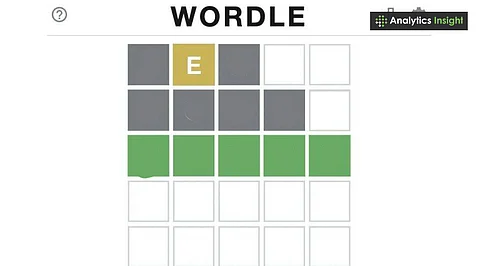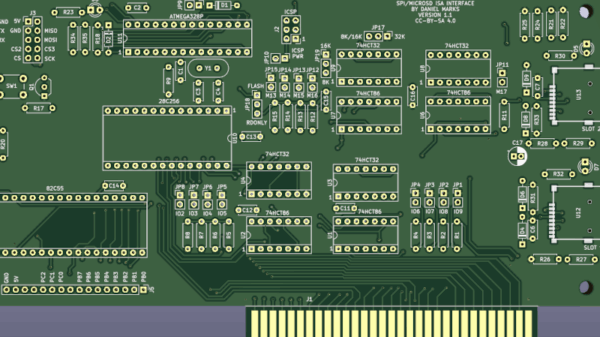The pendulum squat is gaining attention as an effective alternative to traditional barbell squats for strengthening the quads, glutes, and hamstrings. This machine-based exercise is particularly beneficial for those seeking to alleviate stress on their lower back and knees while still achieving a comprehensive lower body workout.
Many gym-goers may not be familiar with the pendulum squat due to its limited availability in fitness facilities. In a recent demonstration, fitness expert Ben Mighty showcased the benefits of this exercise on his YouTube channel, highlighting how it can enhance muscle growth and joint safety. For those interested in diversifying their workout routine, the pendulum squat is worth exploring.
How to Perform the Pendulum Squat
To perform the pendulum squat correctly, start by positioning your back against the machine’s backrest, ensuring your shoulders are supported by the shoulder pads. With your lower back firmly against the backrest, extend your legs and place your feet hip-width apart on the foot plate.
While foot placement can vary, Mighty suggests keeping your toes slightly turned outward for optimal alignment. Shift your weight onto your toes, releasing the lock on the machine. Lower your heels to the foot plate, bending your knees to descend into a deep squat. It is crucial to maintain proper alignment, ensuring your knees track in line with your toes. After pausing at the bottom, drive through your heels to return to a standing position. Aim for 3-4 sets of 8-12 repetitions, adjusting the machine as necessary for comfort.
Pendulum Squat vs. Hack Squat
The pendulum squat shares similarities with the hack squat, yet there are significant differences in execution and muscle engagement. While the hack squat typically involves positioning the body at an angle with the spine supported, the pendulum squat encourages an upright posture. This difference allows for greater range of motion and reduced stress on the joints, making it a more comfortable option for many.
Both machines enable users to modify foot placement, targeting various muscle groups, including the quads, glutes, hamstrings, and calves. Moving your feet further forward during either exercise can shift the emphasis toward the glutes and hamstrings. Conversely, squatting deeper with a narrower foot stance will engage the quads more intensely.
One notable advantage of the pendulum squat is its adjustable platform, accommodating different ranges of motion. This feature makes it easier on the spine compared to traditional free weight squats, as the backrest provides necessary support.
While some may find the hack squat allows for more power during leg drives, the pendulum squat is often gentler on the knees and lower back. It promotes controlled motion, emphasizing quadriceps engagement at the top of each repetition.
Regardless of the chosen exercise, both the pendulum and hack squats can be kinder to the lower back than free weight squats, as the backrest supports the entire spine. That said, both exercises require core activation to ensure stability throughout the movement.
In conclusion, choosing between the pendulum squat and the hack squat depends on individual fitness goals and existing workout routines. For those prioritizing quad activation and reduced joint stress, the pendulum squat is an excellent choice. Alternatively, if overall muscle engagement or greater loading potential is desired, the hack squat may be more suitable.
Ultimately, incorporating either squat variation can enhance lower body strength and contribute to a well-rounded fitness program.








































































